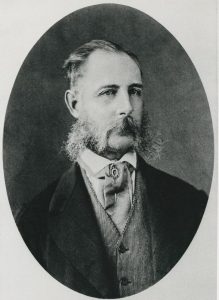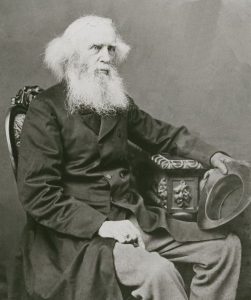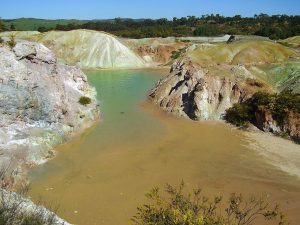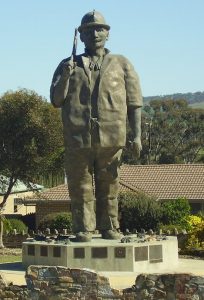The name Kapunda is believed to have been taken from “Cappie Oonda”, an Aboriginal phrase for “water jump out” – probably a spring.
OUR HERITAGE – Pastoralists and Mining
Prior to the discovery of copper, land in the area was leased by pastoralists including notably, Frederick Dutton (who later established Anlaby Station) and Charles Bagot.


Independently, the two families discovered copper in the area in 1842 but on learning of the discovery by the other, joined together to buy the relevant land holding and to mine the copper. Thus the town of Kapunda was established around the ‘Kapunda’ mine in 1843. The population was multi-cultural and included people of English, Cornish, Welsh, Irish and German origin. It has the notoriety of being the first Copper Mine in Australia; the first open cut mine; having the first horse whim and the first Cornish beam engine. Mining continued in the area for 30 years, during which time revenue from its sales reputedly saved South Australia from bankruptcy. As a consequence of the mining boom a railway to the town was established in 1860.
Both Frederick Dutton and Charles Bagot later went into politics, forerunners of 31 of S.A.’s Members of Parliament who were either born in Kapunda or lived in the town at some stage over the past 100 years.

Frederick Dutton was the earliest benefactor to the town and many of his legacies can still be seen and form critical elements of our town today, not least of which was money donated for the establishment of the Kapunda Hospital; land and funds for the establishment of the Dutton Park recreational area (now facilitating various sporting clubs a Caravan Park and a Harness Racing Club); financial assistance for the establishment of the Show Society, the Institute and various other groups that would have ceased but for his intervention.
Sir Sidney Kidman (1857-1935) Knighted in 1921.
From rouse-about and bullock driver to land-owner of over 100 station properties and more than 3% of Australia in his lifetime, including holdings in Kapunda Sir Sidney Kidman’s famous Horse Sales were conducted at the rear of the North Kapunda Hotel for some 30 years. Sir Sidney was recognised as a noted benefactor in many elements of Australian society, having made a very significant contribution to the war effort during WW1. He came to Kapunda in 1870.
Sir Sidney was also a generous benefactor in Kapunda, eventually donating the substantial Kidman residence “Eringa” to the Education Department, to become Kapunda’s High School (still in use as the High School and can be visited).

The ‘Kapunda Story’ continued on.
The early history of the mines in the town has contributed to an on-going impressive Heritage Tourism site; the Historical Society has established a nationally acclaimed Museum; a significant number of Artists, Authors and Musicians call Kapunda ‘home’ and contribute readily to the town’s increasingly important Cultural identity; Kapunda’s Australian Rules Football club is one of the oldest in our nation; Harness Racing (established in the 1950’s) continues along with Lions, Rotary and Probus clubs.
For those who are interested in the super-natural many visit the town for its reputation in that regard.
Many original buildings still stand – unfortunately some have been demolished or have disintegrated; businesses have come and gone; many residents have passed on or through, all leaving their mark on our town in many and varying ways, contributing to the framework of what Kapunda is, and will be.
Today, Kapunda is developing both residentially and industrially. Though broken up into smaller holdings, the legacy of our ‘pastoralist’ past continues, with the town surrounded by land given to cropping and farming. Thanks to our past, (and those who have continued to support and run them) the town enjoys a variety of amenities that remain the envy of other towns of similar size. Kapunda largely remains a centre with a country atmosphere that is enjoyed by residents and visitors alike.


![]()
